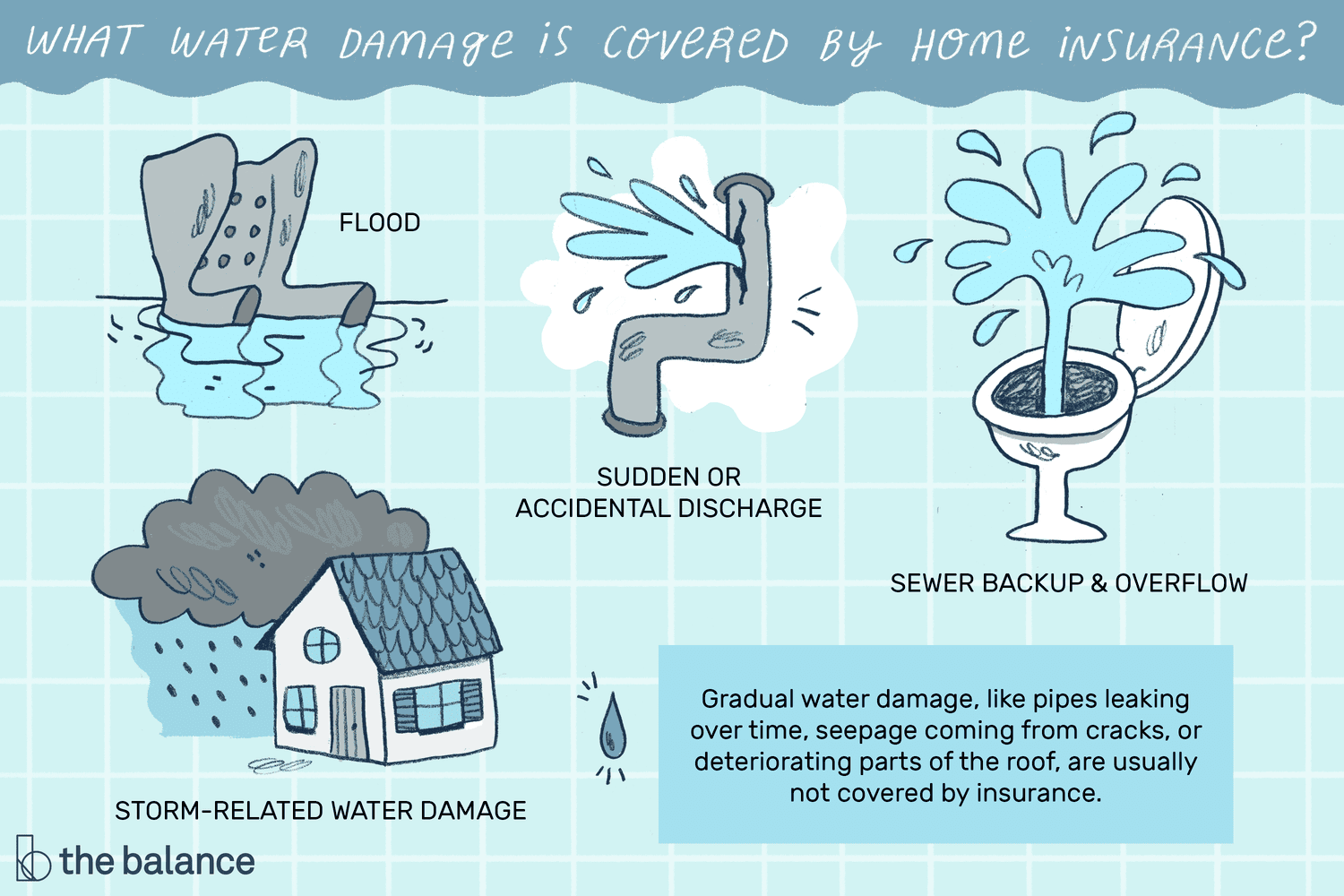
Idaho has many options for health insurance. The state is home to numerous carriers, including Blue Cross of Idaho, Regence Blue Shield of Idaho, Molina, and PacificSource. Additionally, Idaho provides Medicaid, a federally funded program for low income individuals. Medicaid offers free or low-cost coverage to those who are eligible.
The Affordable Healthcare Act (ACA), has a major impact on the state's citizens. You may be eligible for a premium credit that can reduce your monthly premium. Another option is to purchase an offmarket plan from an agent. You should learn the pros and disadvantages of each option before you make a final choice.
Three classes or primary metals are the three types of Idaho's health insurance. Each class comes with a variety of features. For example, the Silver plan is for moderate needs and the Gold for chronic conditions. A Silver plan will cover 70 percent, while a G class plan will protect 80 percent.

The bronze category is the most expensive, covering up to 60% of your medical costs. However, your monthly premium will be higher than the gold class. The silver class will also have lower copayments and deductibles.
The largest proportion of Idaho's residents are covered by individual market policies. The average premium for an individual insurance plan in Idaho is $231 per monthly. It's a good deal when you compare it to the cost for a benchmark plan. However, it is not an excellent deal if your goal is to get a more comprehensive coverage.
The ACA also established a number new rules for insurance. The ACA requires all insurance companies to provide coverage for preexisting conditions. They also have to provide all necessary benefits. A HSA (health savings accounts) is also available to help pay for qualified medical expenses. Finally, all insurance plans must conform to the ACA rules governing coverage.
Most Idahoans can now shop for new insurance plans through the Affordable Care Act. The open enrollment period to the ACA will be in November. During this time, you'll have a 60-day window to change or switch your current plan. This allows people who aren't satisfied with their current coverage, to make the switch.

The best news is that you are eligible to apply for Medicaid. This federally funded program offers basic health care and dental services to low income individuals. These benefits include medical visits, immunizations as well as hospitalization. You will also be able get the vaccines for your children.
You might consider buying individual health insurance, depending on how your budget works and your health. It all depends on what your needs are and where you live. You can find the best plan for you by shopping around. Also, remember that there are special enrollment periods available in case you lose your coverage.